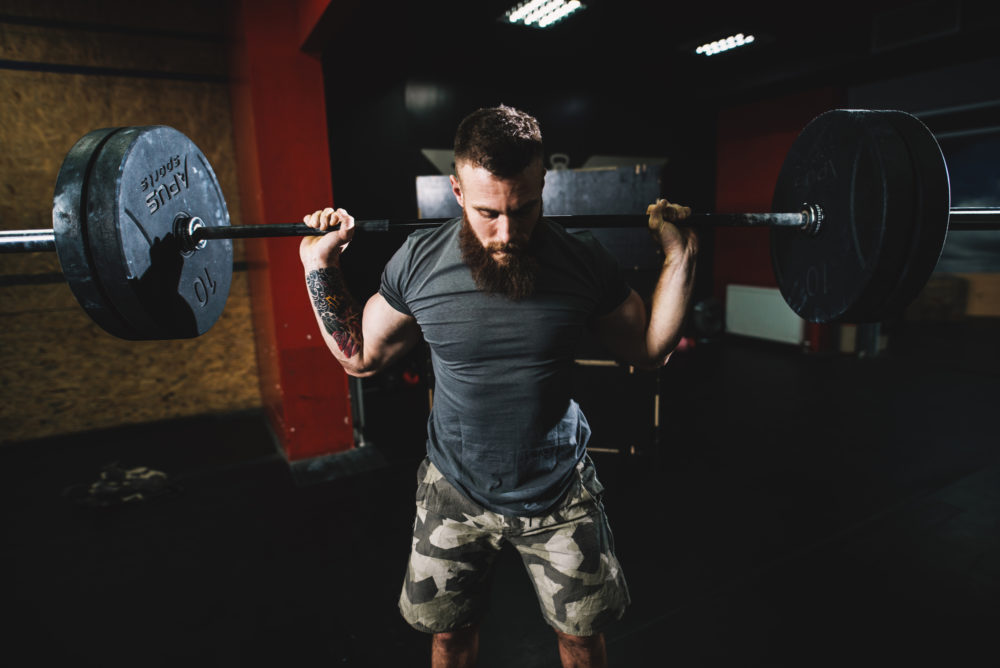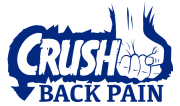Try the Belt Squat
If you have lower back pain from squats the belt squat is a great option
Squats and front squats are hard to beat when it comes to loading the legs and building trunk and lower extremity strength. There is just not much that compares to having a bar on your back or across the the front of your shoulders.
Squatting just feels good. Period. Unfortunately lower back pain has the potential to limit the ability to squat. The lower back pain could be due to the squat exercise itself or something else altogether. Whatever the cause may be, being able to load the legs adequately without exacerbating lower back pain is beneficial.
The belt squat loads the legs without increasing forces through the lumbar spine
Instead of having a bar on your back the weight just hangs from a belt at your waist. There are belt squat machines, but they’re rare. With the weight hanging from the waist there is literally no increased load on the lumbar spine. This allows a person to go through the squat movement pattern with the weight needed to work the legs while also preventing increased lower back pain.
All that’s needed is a dip belt and something to stand on
I use buckets in the video. Benches, steps, anything that gets your feet off the ground will work. Then you just squat. Pretty straightforward. Keep the lumbar spine in a neutral position. Don’t get down so deep that the spine rounds out.
The belt squat is a great way to continue squatting with some resistance while you’re rehabbing a back injury. It’s also a good way to load the squat if your spine doesn’t tolerate more traditional back squat and front squat loading techniques.
FAQ
If lower back pain is truly from squats there are basically three ways to fix it.
1. Stop squatting. This is usually not what people want to hear. Most people want to know how to squat so they don’t have lower back pain. But if the pain is actually being caused by squatting, not squatting will fix the problem.
2. Figure out what’s contributing to lower back pain from squats. It could be due to a number of different movement impairments. The lumbar spine could flex too much in the bottom position of the squat. The hips may not flex enough, so the lumbar spine flexes excessively. The ankles may not have enough dorsiflexion, forcing more movement through the lower back in the bottom position. You could simply be squatting too deep for your body and loading the lower back in flexion. These are just some examples. It’s likely a combination of several factors that are contributing to lower back pain from squats. If these factors can be identified and corrected a person will be able squat without lower back pain.
3. Keep squatting but change how the squat is loaded. If back squats bother your back try front squats. If front squats bother your back try back squats. If front and back squats cause lower back pain try dumbbell squats or goblet squats. If squatting with any type of load using a barbell, dumbbell, or kettlebell causes symptoms try the belt squat. Forward lunges are a good alternative to squats when lower back pain is present.
If lower back pain is made worse anytime you squat then stop squatting, at least in the way that increases the pain. Decreasing the range of motion, decreasing the weight, or changing how the squat is loaded may allow you to keep squatting without pain. But at the very least you can’t keep doing the same thing that’s causing the symptoms.
Get on a good lumbar stabilization program. The more stable your lower back is the better able it is to tolerate squats, especially with heavier weights.
Keep exercising, find ways you can squat that don’t hurt. This may be with bodyweight only, for awhile. Don’t quit exercising though. The body needs exercise and activity to heal.
Don’t squat within one hour of waking up. The first hour after waking up there is more fluid in the lumbar discs. With lower back pain and increased fluid in the discs squatting is most likely going to increase the pain. Wait for at least an hour after being up to squat, especially with weight. Why an hour? After the first hour of being up 90% of the increased fluid in the discs is pushed out. So there is less pressure in the disc.
First back off the movement that is causing the pain. So you may have to squat differently. Decreasing the weight, range of motion, how the squat is loaded, etc. Basically train around whatever is causing pain, so it doesn’t cause pain. But keep working out and exercising. Usually a person can keep squatting, even if it’s just bodyweight. Until the lower back pain heals.
Dumbbell squats, kettlebell squats, goblet squats, and belt squats are all great options to load the squat when a back squat or a front squat cause lower back pain. If these squat variations still result in lower back pain then a bodyweight squat may be the answer.
Whatever the case may be, keep exercising and moving. Train the upper body, the core, and the legs however you can without provoking lower back pain.
A focused lumbar stabilization program is often effective at reducing lower back pain from squats as well.
The majority of the time lower back pain from squats is caused by the lower lumbar spine flexing too much in the bottom position of the squat movement. This places excessive force through the lower lumbar discs and commonly causes pain.
This can happen because of limited hip flexion mobility, limited ankle dorsiflexion mobility, a lumbar spine with too much mobility, weak trunk musculature that does not stabilize the lumbar spine, or simply from squatting too deep. Or from a combination of these and other factors.



